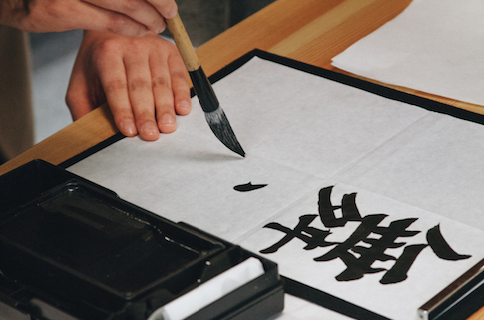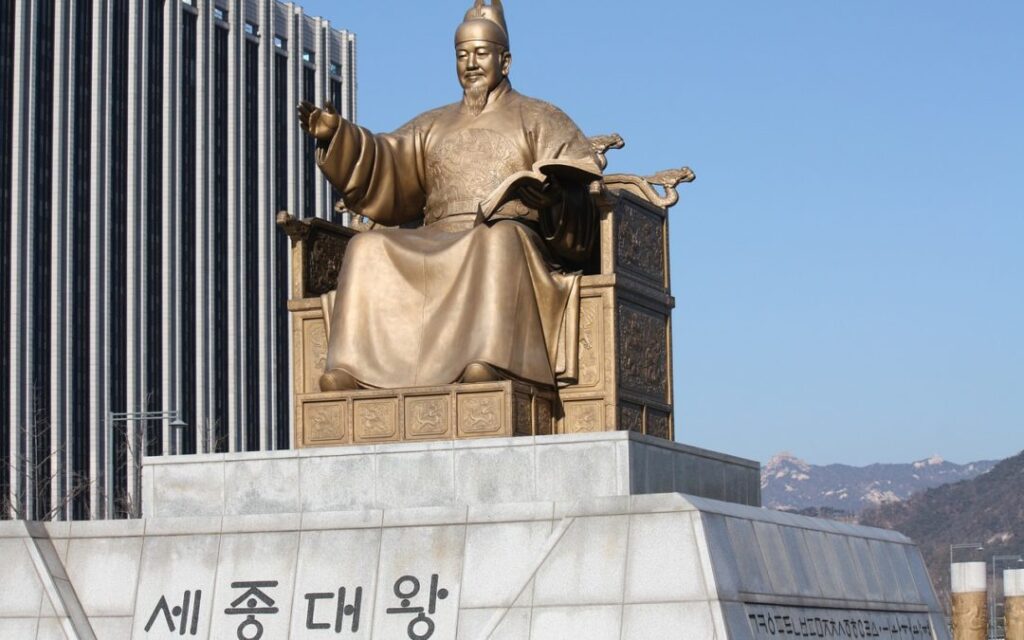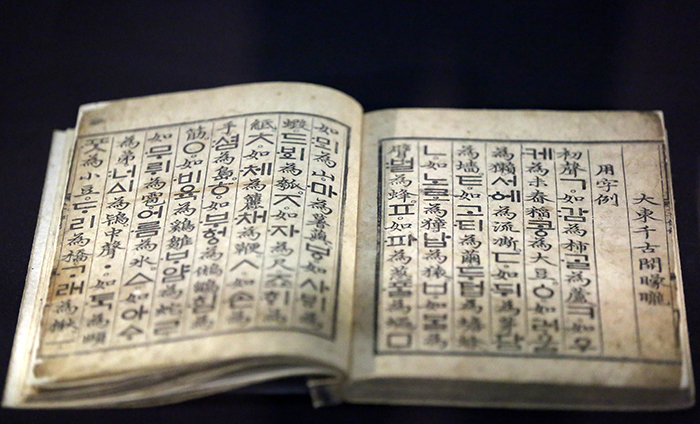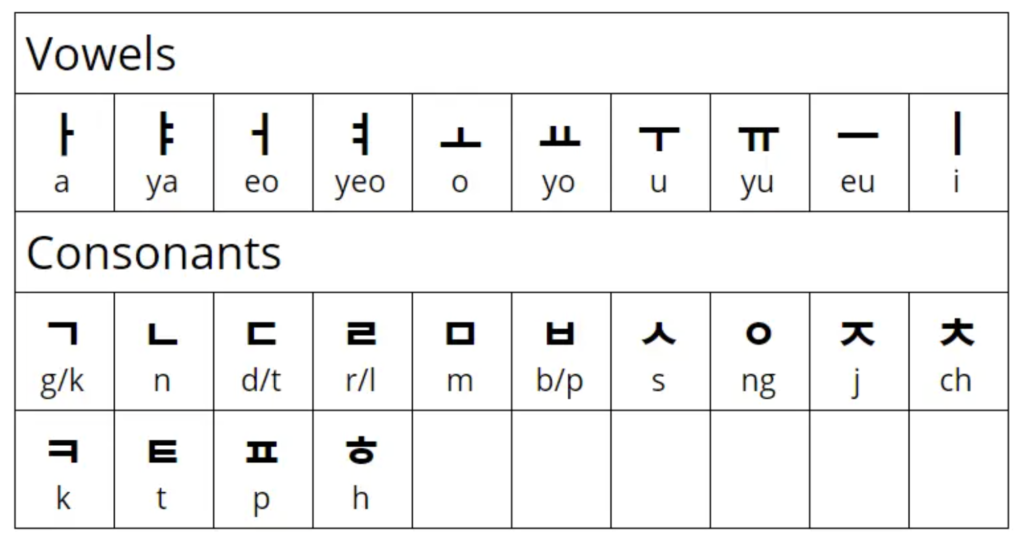In Korea, 9th October is celebrated as a national holiday called 한글날 (han-geul-nal) or “Hangeul Day” to commemorate the creation of the Korean alphabet, Hangeul, by King Sejong.
If you have watched historical K-dramas or movies, chances are you might have noticed something peculiar. The written Korean in historical dramas looks starkly different from the written Korean we see everywhere today. This is because back then, people in Korea wrote using classical Chinese characters, also known as 한자 (han-ja).

Before the creation of a Korean writing system, people had to use classical Chinese characters along with phonetic systems to write Korean. Due to the large number of Chinese characters that needed to be learnt, and the innate difference in Chinese and Korean grammar structures, the majority of the Korean population found it tough to read and write Korean through Hanja. As a result, only the upper classes that had the resources and privilege to study Hanja, were able to read and write at the time. Knowledge of Hanja became a symbol of power and privilege, and the common people were largely excluded from the ambit of literacy.

To help the common people to be able to read and write easily, King Sejong of the Joseon dynasty invented a new writing script in 1443. It was made public through the historical document called 훈민정음 (hun-min-jeong-eum) on 9th October, 1446. Thus Korea observes Hangeul Day or Hangeul Proclamation Day, on the anniversary of the publication of Hunminjeongeum.
Hunminjeongeum means “Correct Sounds for the Instruction of the People.” The document introduced the new script, which was also named Hunminjeongeum after the document. It had 28 characters or letters, created by King Sejong.

The word 한글 (han-geul) was coined by the famous Korean linguist Ju Si-gyeong, to describe “the writing Koreans use”. 한글 (han-geul) is a combination of the ancient Korean word 한 (han), which means “great” and 글 (geul), which means “script”. The word 한 (han) is also used to refer to Korea in general, such as in 한국 (han-guk), which means Korea. So the name also means “the Korean script”. Over time, 한글 (han-geul) became the commonly used name for King Sejong’s new script, and 4 of the letters were abandoned, resulting in the modern day Hangeul script with 24 letters.
At first, Hangeul was considered to have a lower status than Hanja, and was not accepted by the elite. The elite of the time wanted to preserve their status, and believed that Chinese characters were the only true way to write Korean. Hangeul nearly went out of existence during the Joseon dynasty and in the early 16th century, it was effectively banned by King Yeonsangun. However, the popularity of Hangeul started to grow in the 19th century, and it gradually became increasingly common. Notably, it played a key role in Korean nationalism during the era of Japanese occupation. By the 1970’s the use of Hanja declined, and these days, almost all Korean is written in the Hangeul script.
The Korean alphabet was designed so that people with little education could learn to read and write, and is considered an easy script to learn. It has 24 basic letters, called 자모 (ja-mo). This includes 14 consonants called 자음 (ja-eum), and 10 vowels called 모음 (mo-eum).

The design of the consonants is based on the shape of the mouth, teeth, throat and tongue while pronouncing the consonant. Due to this feature, Hangeul is often claimed to be the simplest and most scientific writing system in the world. The design of the vowels incorporates the elements of yin (represented by a horizontal line, signifying the flat Earth), yang (represented by a dot or point, signifying the sun in the heavens), and the upright human (represented by a vertical line, signifying the human as the mediator between heaven and earth).
To further add to the uniqueness of Hangeul, it is one of the only scripts in the world which has a known creator and date of creation. In 1997, Hunminjeongeum was registered as UNESCO’s Memory of the World and is a national treasure in Korea. The book is considered a cultural heritage because it elaborates the principles behind the creation of the Hangeul alphabet, which is now an essential and irreplaceable part of Korea and its culture.
Do you know how to read Hangeul, or would you like to learn it? Let us know in the comments~!
Connect with us on Instagram Twitter YouTube for more content, interviews, & news.














